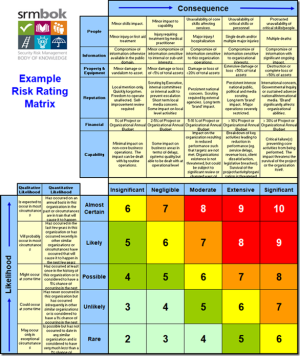What Can Safety Learn from Barbie

Evelyn Mazzocco, senior vice-president and global general manager of the Barbie brand, said: “We believe we have a responsibility to girls and parents to reflect a broader view of beauty.” At last!
The perfection of Barbie has plagued the upbringing of young people for years. The many unconscious messages it sends to young people, children and especially young girls has been so harmful. There is nothing like setting a goal of perfection to screw up any sense of hope for a normal mortal. One need not count the anorexia or bulimia data or the distortional beliefs and values of the beauty industry to know the icon and symbol of perfection is fundamentally dangerous and harmful. Yet it has managed to keep the position of prime semiotic of the feminine for so long.
The real question coming out of this is not about lost sales for Mattel over the past few years but what are the psychological by-products of goals. Barbie has for years been the poster doll of what it is to be a female. A tangible physical model and semiotic (symbol) to reach into the unconscious of girls and say ‘you should look like this’. And the consequence for children who didn’t match up to Barbie (or Ken)? – loser, failure!
So what are the lessons?
- The first lesson for Safety is the consideration of harmful by-products of perfectionist language, discourse and models.
- The second lesson is the need to be aware that all decision making has a by-product. No decision is neutral, every decision in risk has a by-product and trade off.
- The third lesson is about relevance and the importance the ordinary, everyday things in safety.
I often get asked into organistions to speak for a day and somehow ‘fire up’ the workforce to culture change. This of course is impossible. I get astounded at how superficial people can be in the safety industry and so easily seduced into gimmicks, fads and snake oil. It seems Safety would rather have some shiny toy that goes ‘bling’ than embrace a challenge that is tough and hard work but very ordinary. Sometimes it seems safety would rather pay a fortune to hear someone say nothing really well, than to hear something of substance. Safety seems the only industry that credits learning integrity to a McHappy Day diet.
The ordinary everyday challenges of safety are the skills of listening, observing and consultation, not counting, policing and grandstanding. It seems crazy, we can’t just have ordinary conversations or an open chat, we have have a Gemba walk! We can’t just focus on the way we organize, we have to have a Shingo model? (BTW, the Shingo model advocates perfectionism http://www.shingoprize.org/model.html look at point 3 ‘seek perfection’). It seems safety in leadership can’t just focus on followers it has to be ‘transformational’, ‘integrated’ or something else. It seems we can’t just do the fundamentals of safety, we have to have ‘lean safety’ or some other jargon, that in the end isn’t lean but increases bureaucracy.
There’s a lot to be said for getting back to the basics. I call this the ‘yo-yo delusion’ (https://safetyrisk.net/the-yo-yo-delusion-and-conversations-about-risk/). Much of this stuff that gets paraded around in the Safety toy shop is more often evidence that we don’t know how to get the basics right.
I am working at the moment on a fifth book with Greg Smith from Nexus Lawyers (http://nexuslawyers.com.au/wp-content/uploads/2015/11/Greg-Smith-Profile.pdf ) called ‘Risky Conversations, The Law, Social Psychology and Risk’. The book is being made from transcripts of 4 days of conversations together about risk and safety. (The conversations have also been recorded and a DVD and talking book will be available.) Greg and my conversations bring together the two disciplines (Law and Social Psychology) and question the many safety myths, models and mantras that are believed in but are of no value in court. The book starts with the classic question, ‘does paperwork cover your arse in court?’ The book includes more than a dozen case studies and concludes with tips and skill development cues. We expect the book to be out later this year.
It was clear in the process of our conversations in doing this book just how many things Safety does that have absolutely no value in managing risk and have no credibility as legal defense. If you get into court, metrics and matrices are meaningless. Bells and whistles mean nothing when Counsel Assisting asks what you did to manage risk and you have a fatality to explain. Yet, metrics and measurement remain the trophy of Safety with no connection to the real world. It might take another 50 years before Safety realizes that everyday ordinary safety may not be shiny but it works. Maybe then, Safety will look and see that ‘The Emperor has No Hard Hat’ (http://www.safetyresults.ca/safety_book.html), and that the Barbie Doll of perfection has been a delusion all this time.



Do you have any thoughts? Please share them below